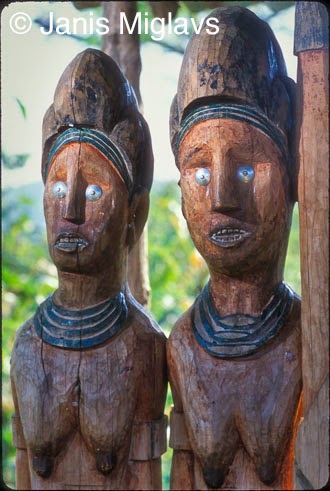So these are the proud owners. Having made their fortune with a fleet of factories, they are building their winery resort dream. Can you tell who is the real boss in the family? Revealing her cutthroat business personality, she actually bribed a farmer for some of Xinjiang's best grapes that were contracted to my winemaker friend, Fred. But then that's business in China, the new wine frontier. Chateau Jun Yan, Xinjiang, China.
By the way, you can order my China wine book by contacting me directly. |

















































